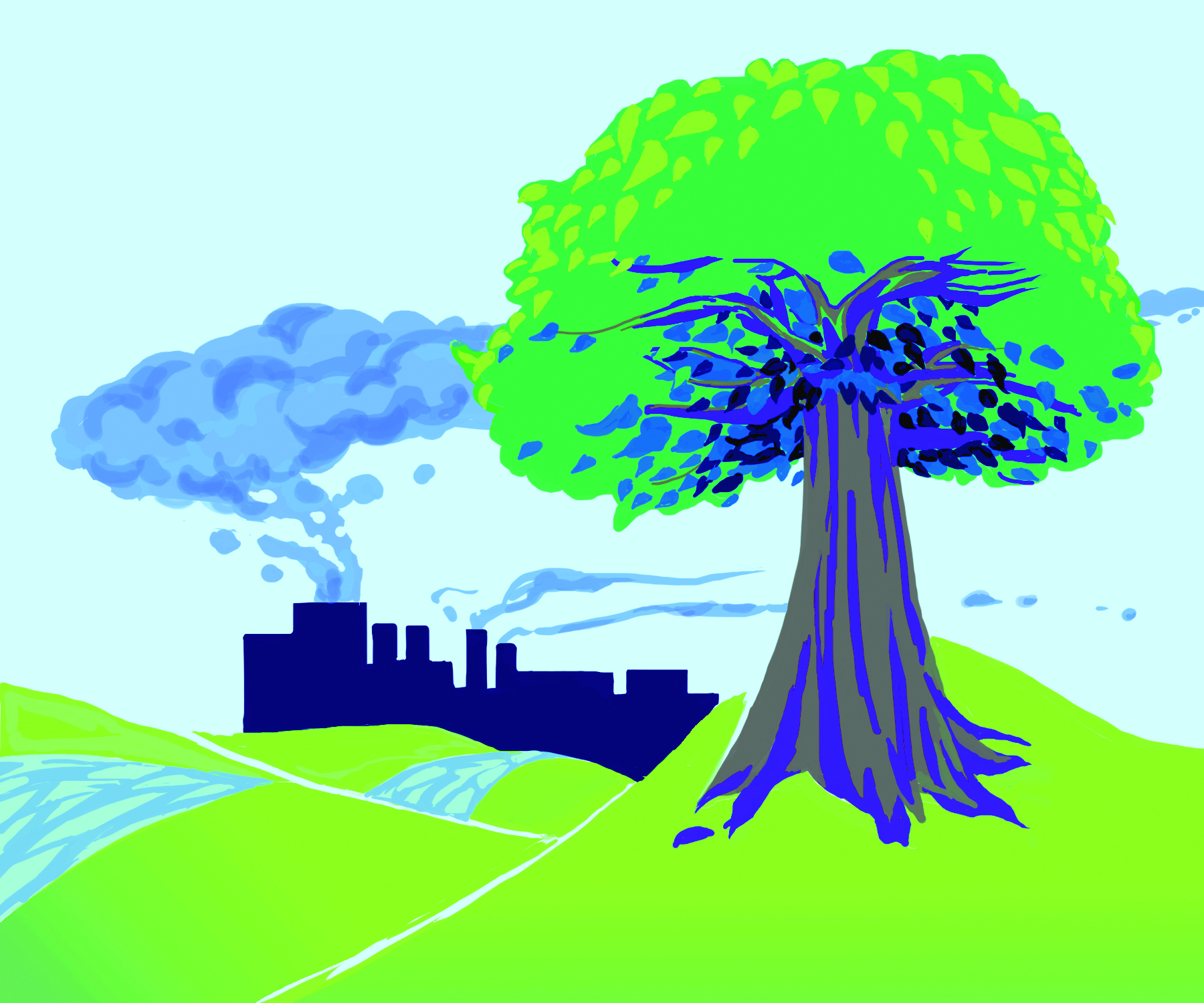The global carbon cycle is an essential aspect of life on Earth, and there has been extensive scientific research concerning how the movement and exchange of carbon compounds can help manage atmospheric carbon dioxide (CO2) concentrations and predict climate change. Contemporary carbon cycle models largely look at carbon that is involved in live plant biomass and organic matter and the relationship between plants across landscapes and the atmosphere. Yet, these models ignore the effects of animals in higher trophic levels of ecosystems.
An interdisciplinary team of researchers led by professor Oswald Schmitz at Yale sought to dispel the notion that animals have little or no impact on the carbon cycle. The researchers argue that wild animal populations are key players in shaping how ecosystems mitigate climate change and should be considered when making carbon measurements. Their paper, published in Science, found that the direct and indirect effects of animals can control the magnitude of carbon exchange in various global reservoirs. This can consequently influence carbon turnover rates, or the time it takes for carbon fixed in a plant by photosynthesis to be released back into the atmosphere.
The animals in question are a diverse group spread across varying locations, including both large and small herbivores, carnivores, vertebrates, and invertebrates. Herbivores consume plant biomass and assimilate carbon into their own animal biomass after digestion, releasing additional carbon through defecation and respiration. With less plant biomass comes a decrease in photosynthesis and an increase in respiration, which reduces the chemical energy created by an ecosystem. Additionally, the heavy trampling of soil and sediment by larger animals can change surface temperatures that increase either carbon retention or release.
These animals can even have conflicting positive and negative effects on the carbon cycle. For example, in some cases, grazing and browsing herbivores such as muskox and geese enhance carbon uptake and storage from the atmosphere into organic compounds by twenty to twenty-five percent. In other cases, these grazing animals cause a fifteen to seventy percent decrease in CO2 uptake. The predators of these herbivores, on the other hand, can reverse these effects. In grassland ecosystems, grasshoppers cause a seventeen percent reduction in CO2 uptake, but the spiders that forage on these grasshoppers “reverse” the effect by increasing CO2 uptake by forty-six percent. In freshwater, stickleback fish that feed on macroinvertebrate stonefly insects, increase algal CO2 uptake, which in turn decreases concentrations of dissolved inorganic carbon in the water, enhancing carbon capture by around ninety percent.
Other underlooked factors in ecosystem models are animal movement and migration. “Since large animals roam widely across landscapes, being able to monitor their movements and quantify the amount of material that is moved along with them is crucial to understanding their impact,” Schmitz said. Schmitz outlined a one instrument–named LIDAR–able to provide 3D portraits of habitat structure, but these methods still are limited in their ability to quantify the impacts of animals. On-the-ground sampling is often coupled with remote sensing to produce a more comprehensive analysis of carbon distribution. For example, the impact of African elephant populations on densities of woody vegetation can be monitored through both methods.
An interesting challenge faced by the team was the pushback from skeptical reviewers, who were not convinced of the importance of incorporating animals into these models. Ultimately, however, Schmitz thinks that the data speaks for itself. “In some cases, you can triple how much carbon you take up if you protect these animals,” Schmitz said.
What about the role of humans? “We have to protect the food chains–the animals and plants–that drive carbon dynamics. Nature provides all these services for our survival benefit and for other species, so we have to reimagine ourselves as being part of nature,” Schmitz said. At the end of the day, wildlife conservation proves to be an essential strategy for creating carbon storage capacity, and that task is up to the people.

